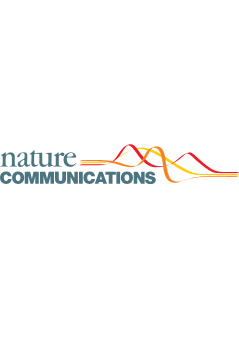Myosin1D is an evolutionarily conserved regulator animal left-right asymmetry.
Nat Commun. 2018 May 16;9(1):1942. doi: 10.1038/s41467-018-04284-8.
Author information
1. Université Côte d’Azur, CNRS, Inserm, Institut de Biologie Valrose, Nice, F-06108, France.
2. Université Côte d’Azur, CNRS, Inserm, Institut de Biologie Valrose, Nice, F-06108, France. noselli@unice.fr.
3. Université Côte d’Azur, CNRS, Inserm, Institut de Biologie Valrose, Nice, F-06108, France. furthauer@unice.fr.
The establishment of left-right (LR) asymmetry is fundamental to animal development, but the identification of a unifying mechanism establishing laterality across different phyla has remained elusive. A cilia-driven, directional fluid flow is important for symmetry breaking in numerous vertebrates, including zebrafish. Alternatively, LR asymmetry can be established independently of cilia, notably through the intrinsic chirality of the acto-myosin cytoskeleton. Here, we show that Myosin1D (Myo1D), a previously identified regulator of Drosophila LR asymmetry, is essential for the formation and function of the zebrafish LR organizer (LRO), Kupffer’s vesicle (KV). Myo1D controls the orientation of LRO cilia and interacts functionally with the planar cell polarity (PCP) pathway component VanGogh-like2 (Vangl2), to shape a productive LRO flow. Our findings identify Myo1D as an evolutionarily conserved regulator of animal LR asymmetry, and show that functional interactions between Myo1D and PCP are central to the establishment of animal LR asymmetry.

